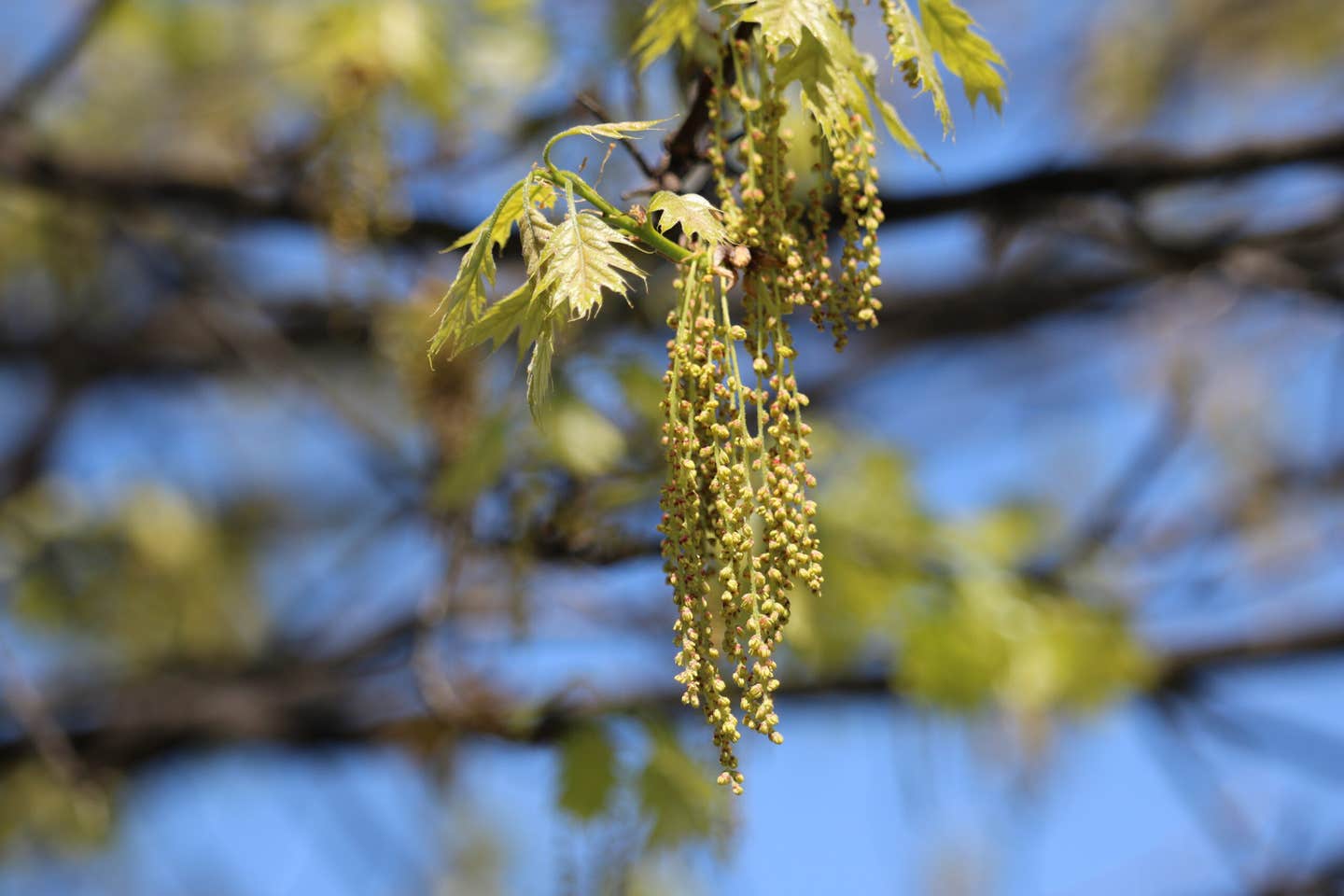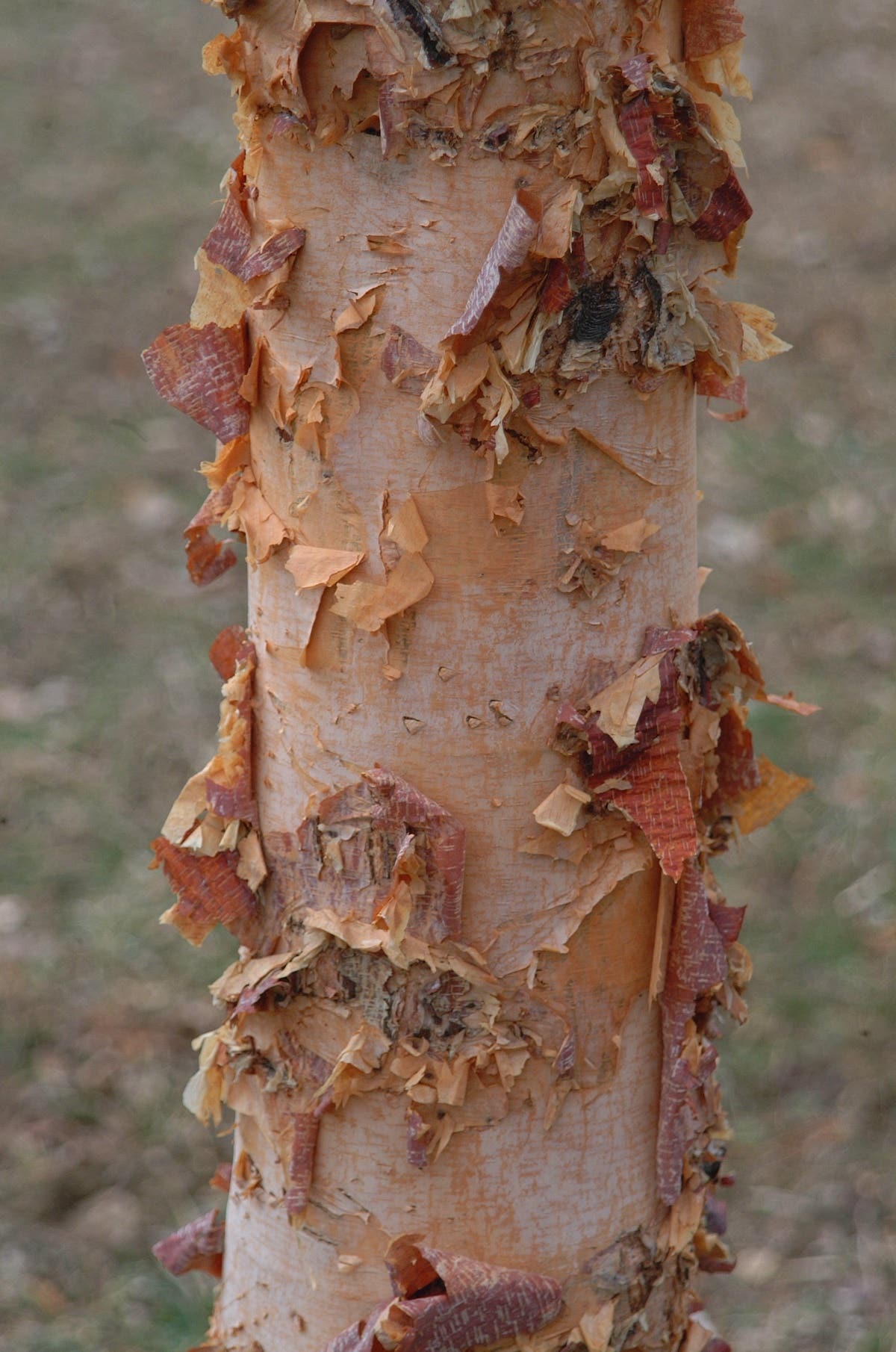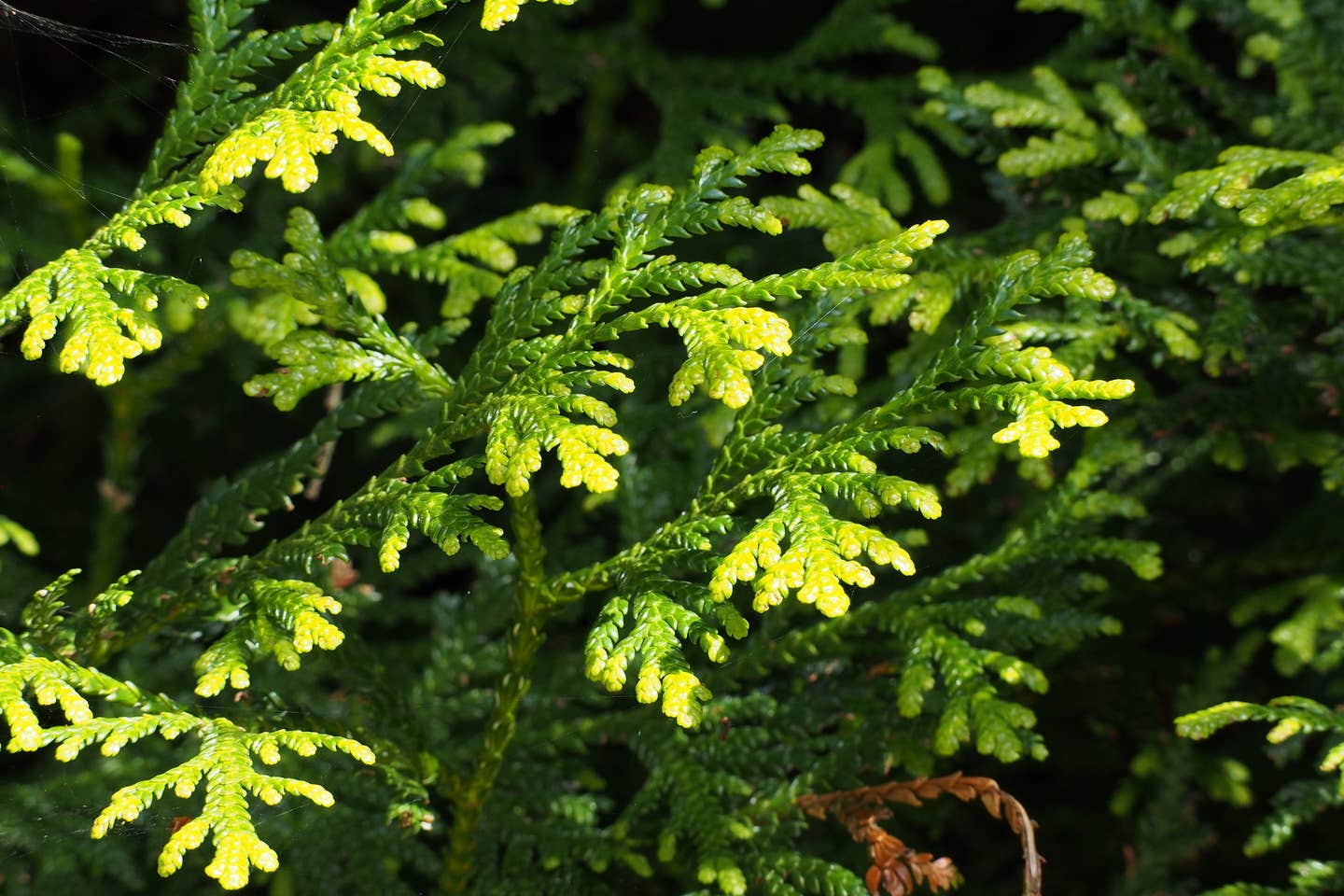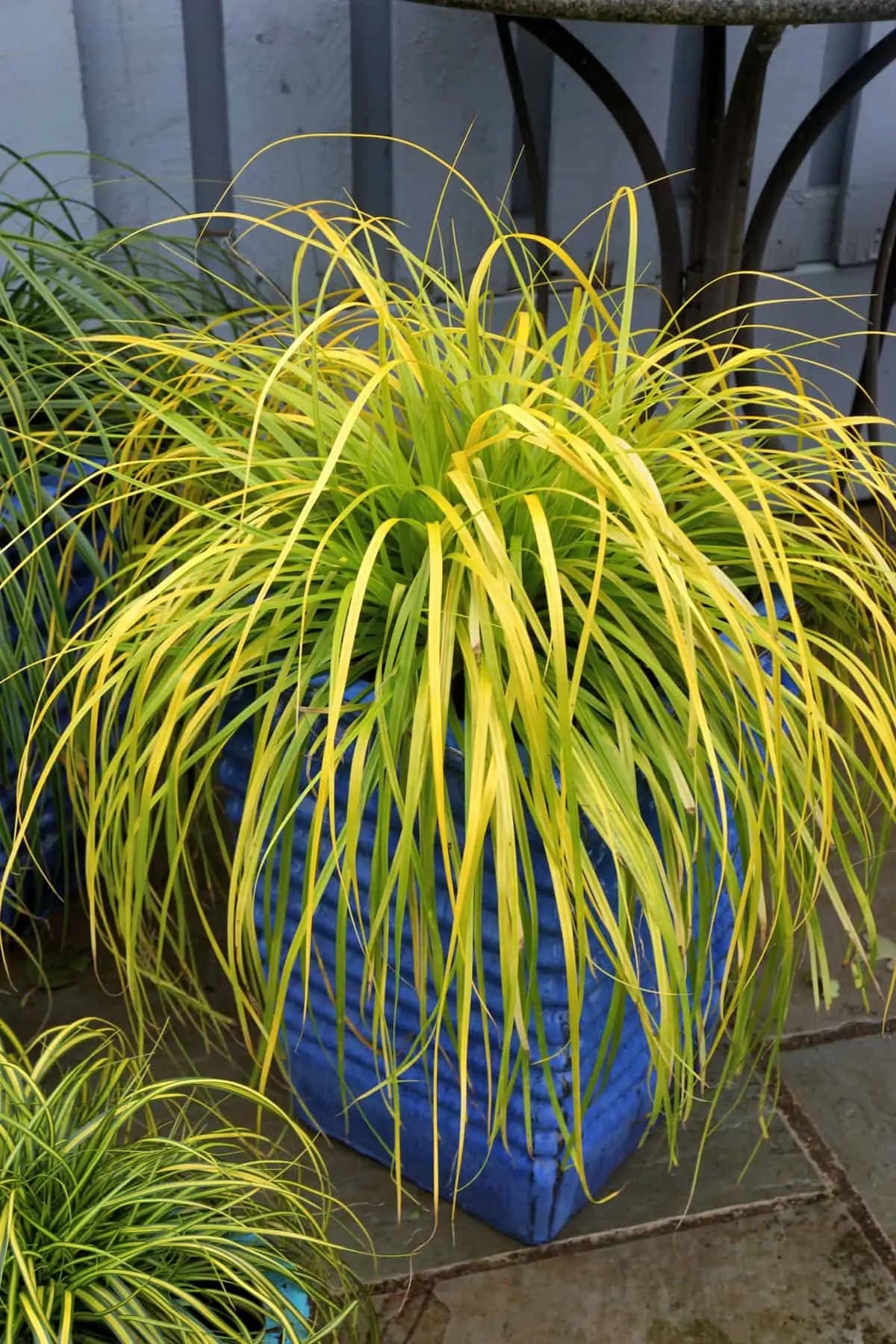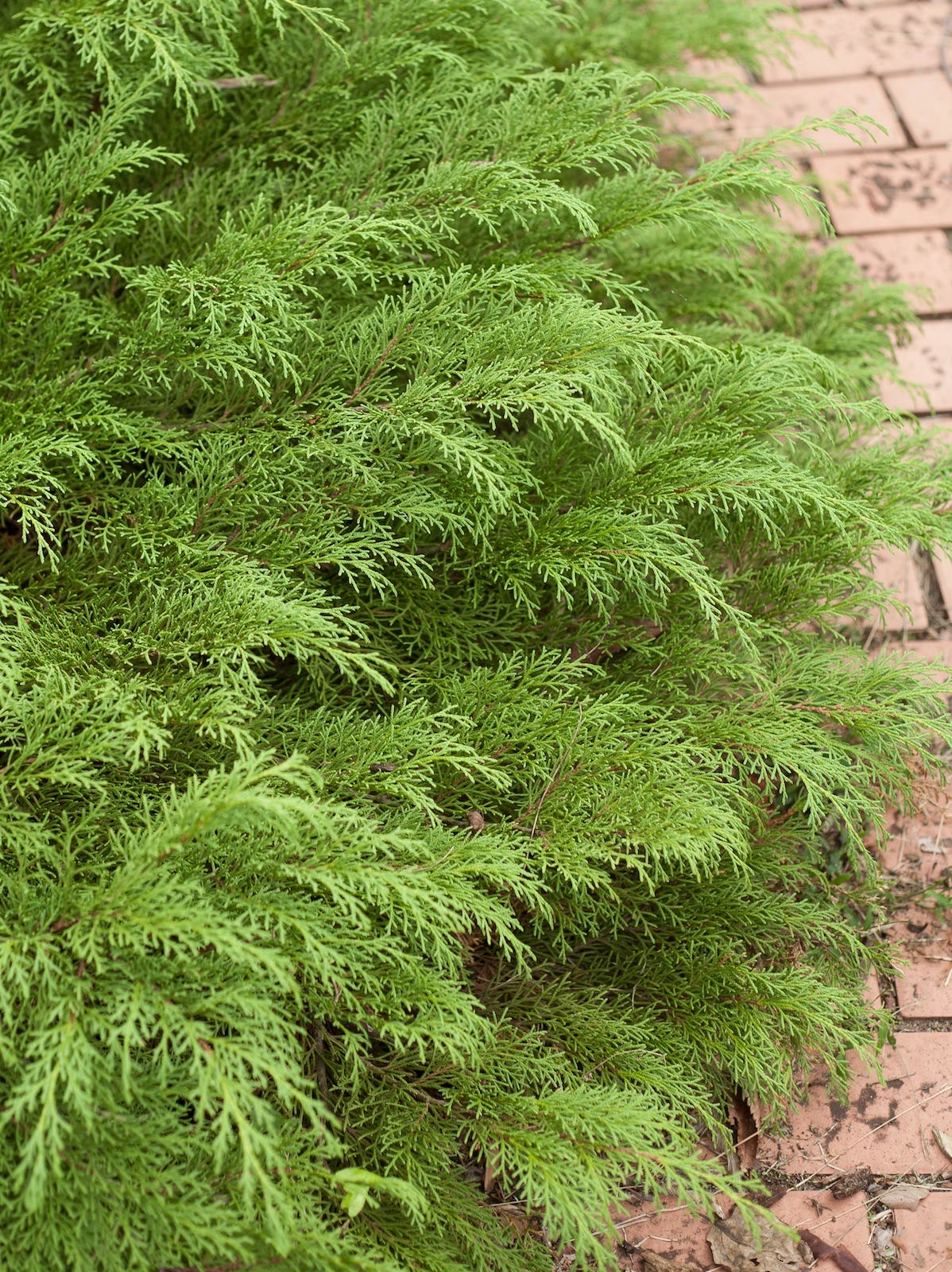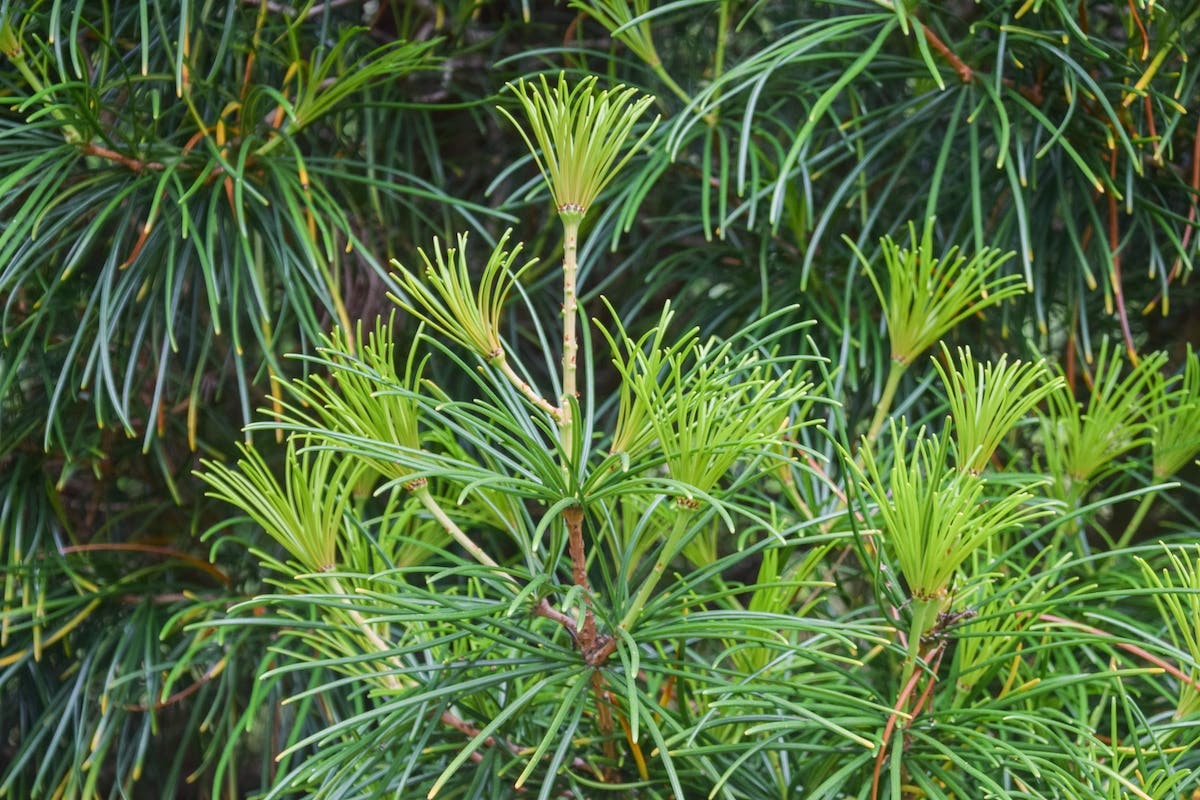Eggplants
There are people who keep their fingers on the pulse of color trends for various reasons, verging from haute couture to house paint, and they’re predicting that deep purple is about to happen. So it’s time to talk eggplants. Yes, pretty soon all the best-dressed gardens will be in aubergine…
There are people who keep their fingers on the pulse of color trends for various reasons, verging from haute couture to house paint, and they're predicting that deep purple is about to happen. So it's time to talk eggplants. Yes, pretty soon all the best-dressed gardens will be in aubergine.
I'm ahead of the crowd on this one. Way back, I demanded that the vegetable garden become color coordinated—'Royalty Purple Pod' bush beans, 'Rouge d'Hiver' romaine, that sort of thing. Eggplants fit with the program perfectly. By vegetable standards, they tend to be handsomely outfitted, starting with their tufted lavender-colored flowers and continuing into the tony fruit that follows. When 'Black Beauty' proved prolific, monopolizing the grill to leave standing room only for the squash, I figured that further eggplant challenges and an expanded spectrum would be the only suitable chaser. And that's how 'Applegreen' (egg shaped fruit the hue of Granny Smith apples), 'Red Ruffled' (tiny, bright orange, pumpkin shaped, and more ornamental than tasty), 'Listada de Gandia' (striped navy and white), and 'Casper' (teardrop shaped and ghostly white) came to dwell in the ranks. Now the harvest in my plot represents the smorgasbord of Solanum melongena past, including all the fruit colors and shapes that this variable vegetable can muster.
Historically, eggplants tend to be a mixed bag. They first cropped up in China in the fifth century BC. They gravitated, by a circuitous route and in several shape and color guises, to Europe in the AD 1200s, though they did not reach the mainstream until the 1500s.
What the British initially grew as eggplants were white and shaped like (you guessed it) eggs. Not surprisingly, your average British cook was unsure of their edibility, given their relatives (deadly nightshade, for one) and their idiosyncratic dress code. Sometime between then and now, eggplants gained culinary credibility and began turning out more predictably in trendy deep purple, or aubergine (the French name for the vegetable). Meanwhile, they became the keynote ingredient in such ethnic staples as eggplant parmigiana, ratatouille, and baba ghanouj. Since the seedy flesh is the critical part of the fruit, and because the skin is sometimes unpalatable in the smaller-fruited types, bigger proved better among eggplants. Their size ballooned.
An abundance of eggplants is almost as assured as an embarrassment of zucchini. Given a hot, sunny 75-day growing season, eggplants are bound to produce a bumper crop of dapper fruit that you might be more apt to ogle than to grill. But, as with tomatoes, harvesting keeps the dividends coming. Eggplants benefit from a headstart indoors, 10 to 12 weeks before your expected last frost date. Flea beetles can become a problem when the plants are drought stressed; planting a "trap crop," such as Chinese southern giant mustard (Brassica juncea var. crispifolia), may keep flea beetles at bay. Reemay row covers also help. Needless to say, red spider mite and whitefly find eggplants as irresistible as any other member of the Solanaceae.
With moderately fertile soil (don't overdo the nitrogen, but be generous with the potassium), ample water, and bright sun, your garden should be purple enough to impress any trendsetters and trend spotters who happen by. You heard it here first.


